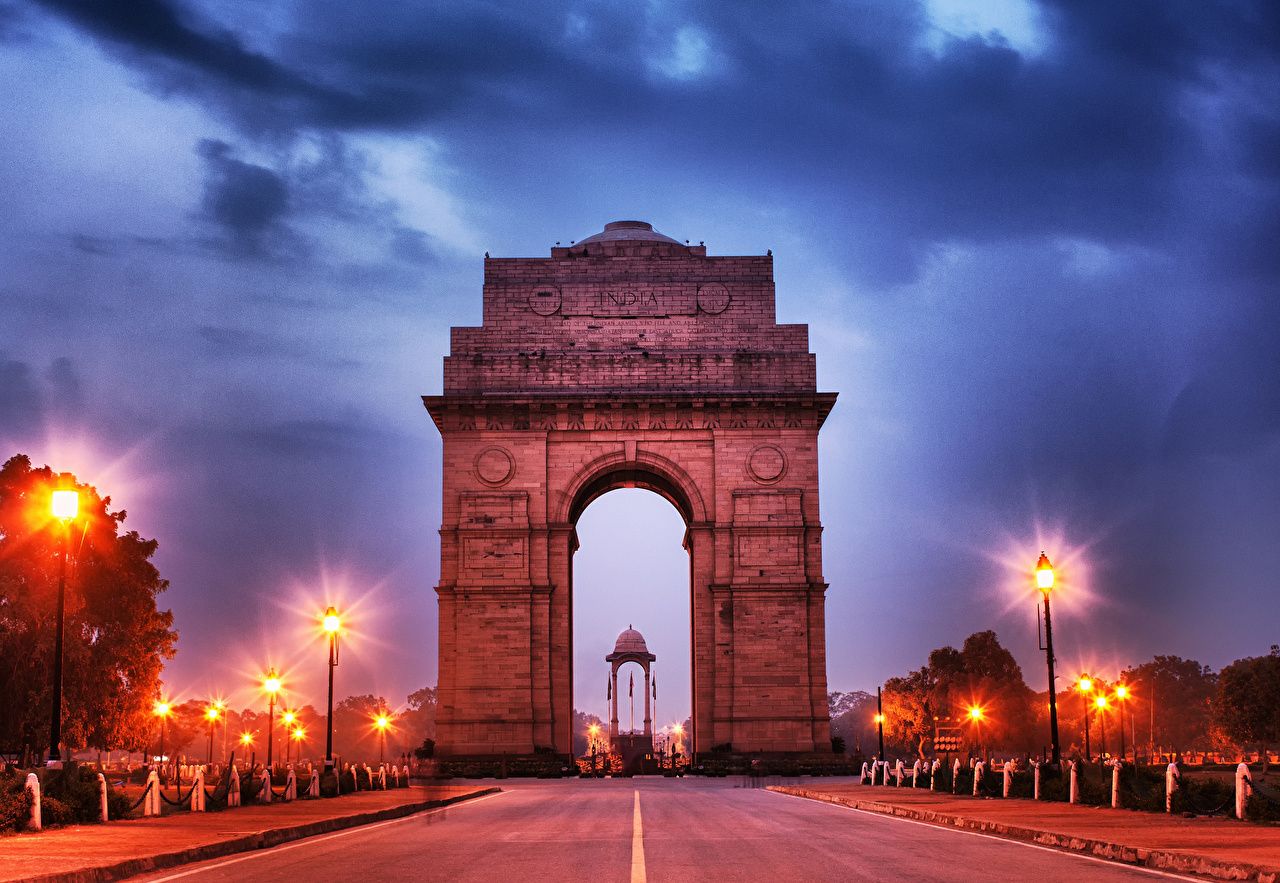As the current master plan of Delhi – ‘Master Plan 2021’ is expiring this year, the Delhi Development Authority (DDA) has put the approved draft of ‘Master Plan 2041’ in the public domain on Wednesday and has invited objections and suggestions from citizens for the next 45 days. The draft Master Plan of Delhi 2041 envisions a city that promotes cycling and walking.
The 487-page document focuses on several issues, emphasising on factors like sustainability, be it environmental, infrastructural, or financial. The draft proposes a plan for greener zones and cleaner Yamuna in Delhi for the next 20 years. The Master Plan also focuses on integrated Geographic Information based system, de-densifying of the populated areas, and rejuvenating the heritage aspect of the national capital.
Through this Master plan, the DDA is trying to build the capital city into a ‘24-hour city’ with night-time economy, extensive transport infrastructure, affordable housing for all and healthy environment to checking unauthorised colonies and pollution.
What is a Master Plan of a city?
A master plan of any city is a long-term planning document that provides a conceptual layout to guide the future growth and development programmes for the city. Master planning is about making the connection between buildings, social settings, and their surrounding environments. The document includes analysis, recommendations, and proposals for a city’s population, economy, housing, transportation, community facilities, and land use.
The Master Plan is based on inputs provided by the general public, surveys, planning initiatives, existing development, physical characteristics, and social and economic conditions.
Is the Master Plan of Delhi 2041 approved?
The Master Plan of Delhi 2041 has received preliminary approval by the advisory council of the DDA chaired by Delhi Lt Governor Anil Baijal. The initial approval was granted on April 13. However, the approved plan was put in the public domain on June 9 inviting public opinions, suggestions and objections. For the next 45 days, citizens of Delhi can give their suggestions on the draft plan.
Major focus of the plan:
The Master Plan 2041 aims to develop a sustainable, liveable and vibrant Delhi by the year 2041.
The Greener Delhi:
The Master plan introduced a vertical mixing, tradeable floor area ratio and green-blue factor for the future-ready capital of the country.
Vertical mixing will basically involve the presence of different kinds of facilities and services within the same building or a plot. This will actually involve the availability of Commercial set-ups such as retail stores on the lower floors of the building, while the upper floors are kept for private uses such as offices, residential units or guest houses.
Apart from this, the green-blue factor will aim to ensure and maintain the desired levels of green and blue elements in new development projects in Delhi.
In addition to all the developments, Master Plan 2041 also proposes green mobility corridors in Delhi, especially to create pedestrian and cycling pathways for the general public along natural drains and River Yamuna.
Other than this, the plan is also encouraging to adapt the use of Battery-operated e-bikes and other green mobility options in order to lessen the pollution in the city.
The plan also addresses improving the quality of water coming from the Yamuna as well as various lakes and natural drains. The draft lays a clear boundary of the buffer zone near the Yamuna and explores how to develop it.
Nightlife in Delhi:
In order to attract the tourists and locals, the plan aims to identify nodes and circuits in the city for continuing work, cultural activity and entertainment during nights. This will indirectly help the city improve its economic conditions.
Common community spaces:
The Master plan is also looking forwards to develop common community spaces to provide refuge spots, common kitchens and quarantine space in an emergency.
Reduce vulnerability towards airborne epidemics:
The plan aims to reduce vulnerability to airborne epidemics by establishing decentralised workspaces, mandatory creation of open areas, better habitat design and green-rated developments to reduce dependence on mechanical ventilation systems.

